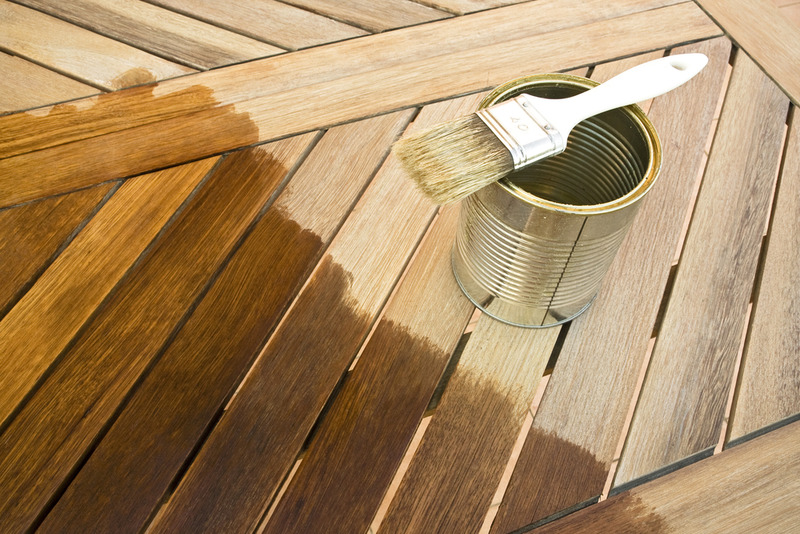Pine tar acts as a natural preservative for wood, providing a breathable protective barrier against moisture and sunlight. It is easy to maintain, nourishes the wood, and provides protection against insects, such as termites and ants. Some outbuildings and barns have been preserved with pine tar wood treatment for many years with very little maintenance. In a centuries-old process, pine stumps and roots were burned slowly in special kilns to produce pine tar. The process may have changed over the years but the reasons why pine tar is still used to paint wooden exteriors remain the same. Painting with pine tar is quite different from using paint. If you want to paint with pine tar, here are some factors you need to take into account.
Dilute and warm it
Pine tar is a viscous liquid that you will be able to apply more easily if it’s diluted and warmed. Dilute it with 20% gum turpentine and warm it up to 60 degrees Celsius before you start painting. You can also dilute your pine tar with linseed oil in a 50/50 ratio. It must be raw purified linseed oil if you want the mixture to dry. You may have to adjust the 50/50 ratio, depending upon the type of wood you’re painting.

Make sure the wood is thoroughly dry
The wood must be completely dry. If it contains too much moisture, the mixture will just sit as a tacky mess on the surface. This is why it is probably best to paint during hot weather conditions when the wood is likely to be at its driest.
Appearance can vary
Pine tar is a natural product which means different batches may give a different look. The appearance will depend on the species of pine and the method used to create the pine tar. The stain-like finish it creates may be light or dark. It’s best if you mix the amount you need to paint the whole surface if you want to achieve a consistent appearance.
Use a wide brush
Rather use a wide brush (70-100m) when painting with pine tar wood treatment. It will help you to avoid an uneven surface as the mixture quickly absorbs into the wood.
Mix properly
If you’ve kept cans of pine tar in storage, the pigment will have sunk to the bottom of the can. You will need to mix it thoroughly. Make sure your diluted mixture is well mixed before painting if you want to achieve a uniform color. Stir it every now and then during painting too in order to mix up the pigment.
Durability and insect repellent qualities are important when choosing how to preserve wood. Pine tar wood treatment is making a comeback because it has these qualities and offers an all-in-one exterior wood application that won’t cost you an arm and a leg. To purchase top quality pine tar, give us a call at (818) 308-8430. If you have any queries, drop us an email at info@pinetarworld.com.


